I posted a landscape yesterday (double rainbow) and thought I'd examine the file carefully to see if I was getting the smudgy, plastic look that I posted about last week. And the answer was yes. I could not see how to resolve this using a camera with such a small sensor. I have barely known a RAW file that didn't benefit from a modicum of sharpening, and with the Olympus - even at 200 ASA - sharpening --> noise. The more the sharpening, the more the noise.
So I exported the file from LR with no sharpening or NR, put it through Topaz AI and compared the two. See crops below.
View attachment 283061
Lightroom sharpen and NR.
View attachment 283063
Topaz AI
I'm not sure how obvious the difference is once reduced in size for the web and converted to a jpg. But Topaz does do a good job even on an image like this. The trouble is on my ancient PC it is incredibly slow! In the end I went to bed and let it get on with it.
It looks to me as if a really good sharpening set-up is necessary to get good results from a m4/3rds bodies like Olympus. Either that or don't view at 100%.
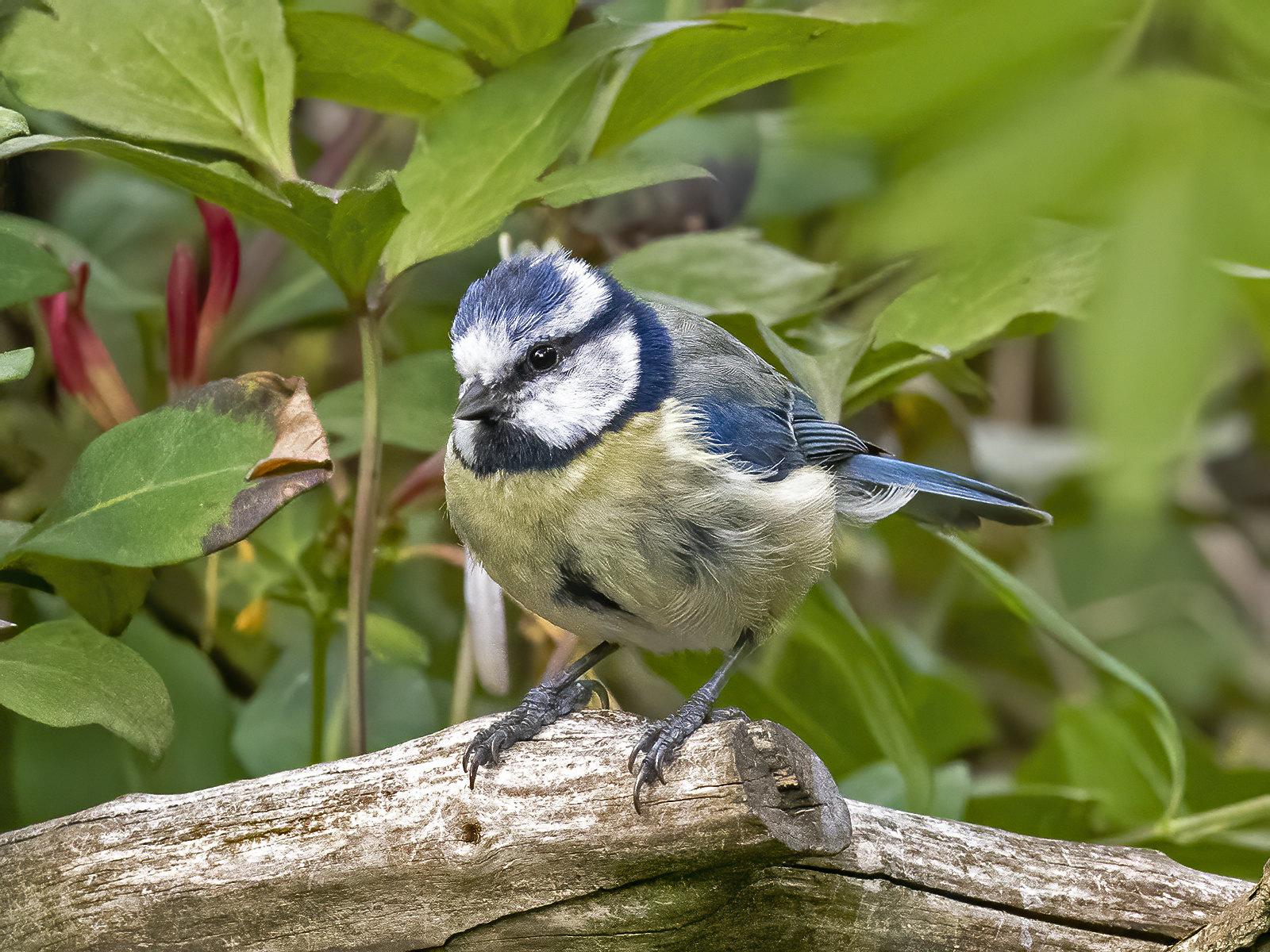 _6134898acst by Mike Killelea, on Flickr
_6134898acst by Mike Killelea, on Flickr _6134819cat by Mike Killelea, on Flickr
_6134819cat by Mike Killelea, on Flickr _6134898acst by Mike Killelea, on Flickr
_6134898acst by Mike Killelea, on Flickr _6134819cat by Mike Killelea, on Flickr
_6134819cat by Mike Killelea, on Flickr

 BEES LIVES MATTER!!! ....
BEES LIVES MATTER!!! .... Long Tailed Tit
Long Tailed Tit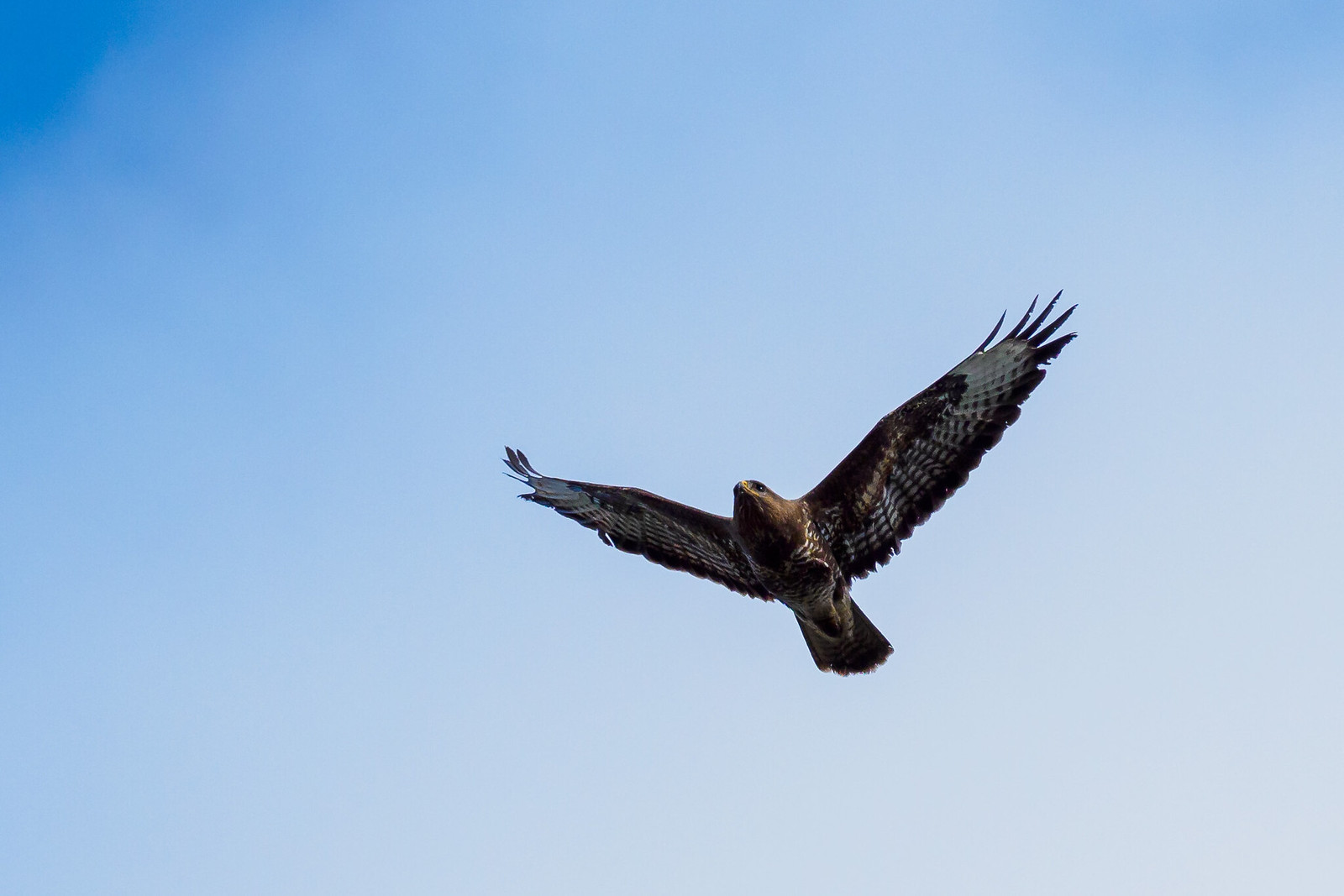
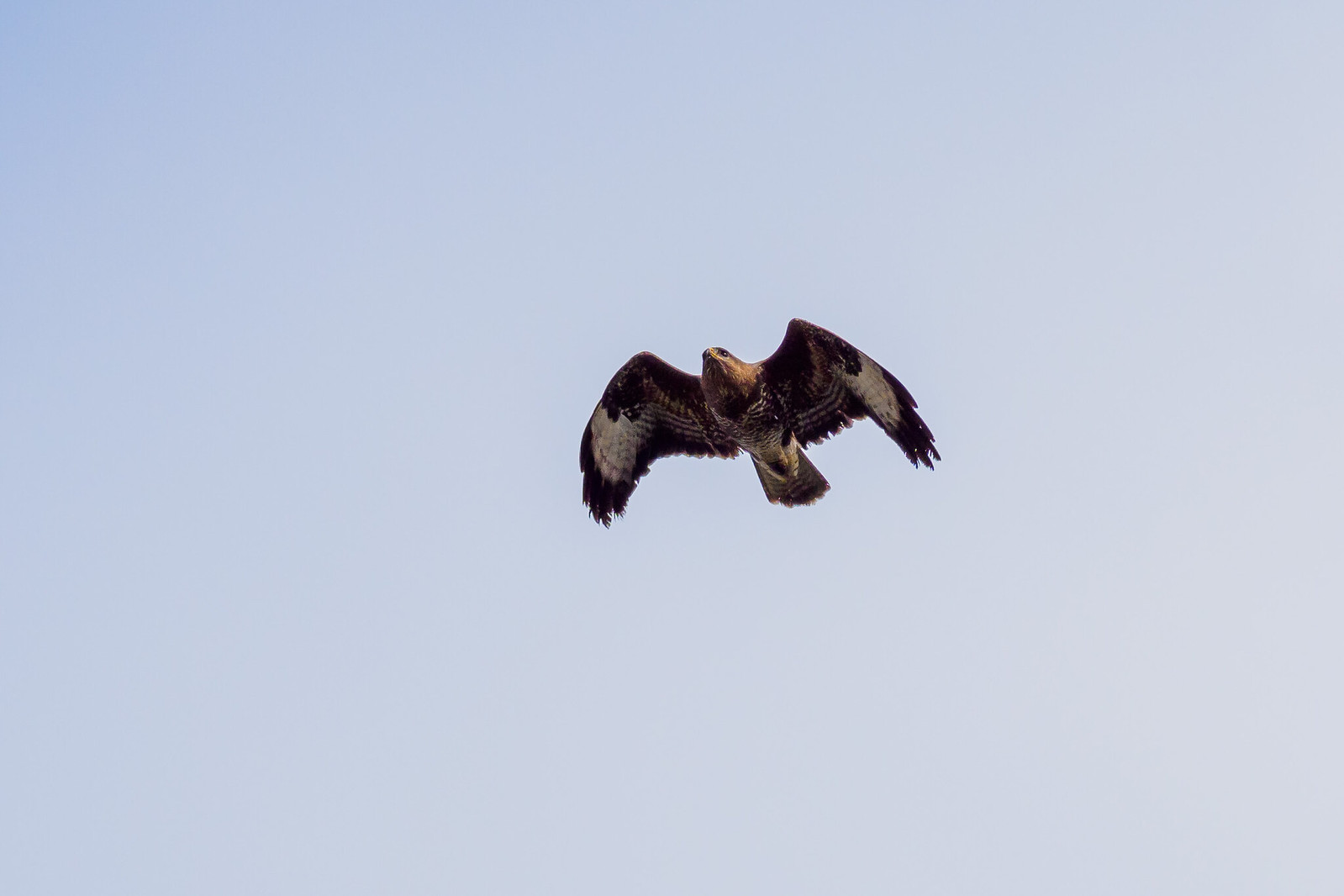

 black-birds matter
black-birds matter
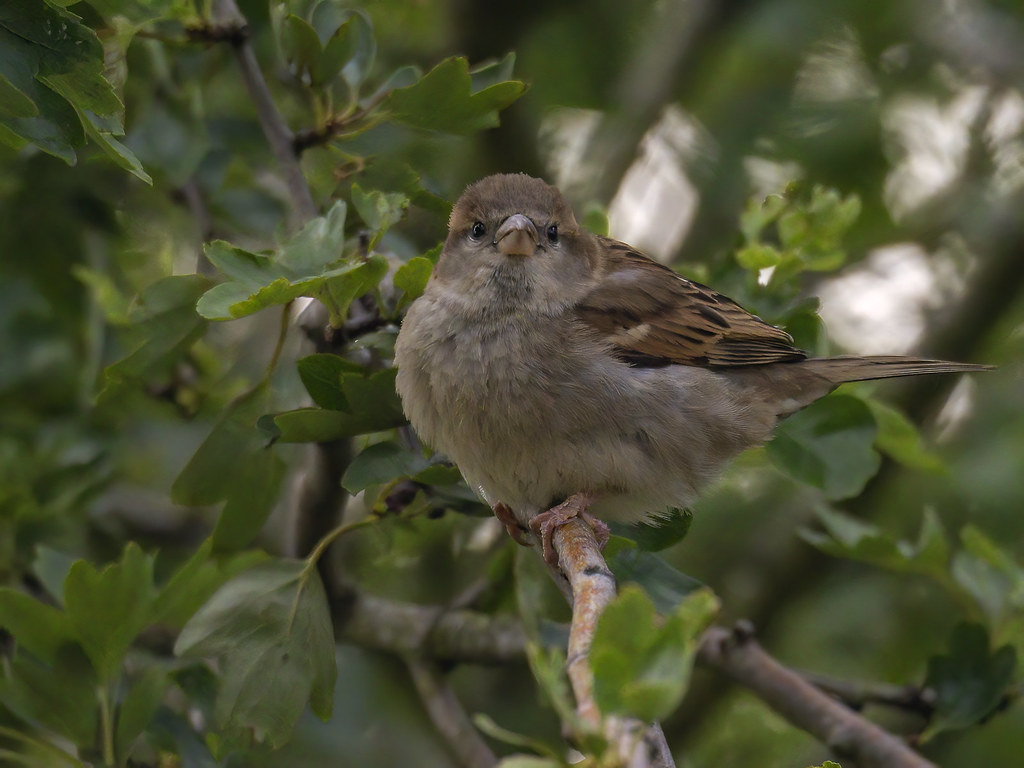 Sparrow Stare
Sparrow Stare

 Bird???
Bird???

 Splish, Slash
Splish, Slash game changer
game changer i'll post that
i'll post that




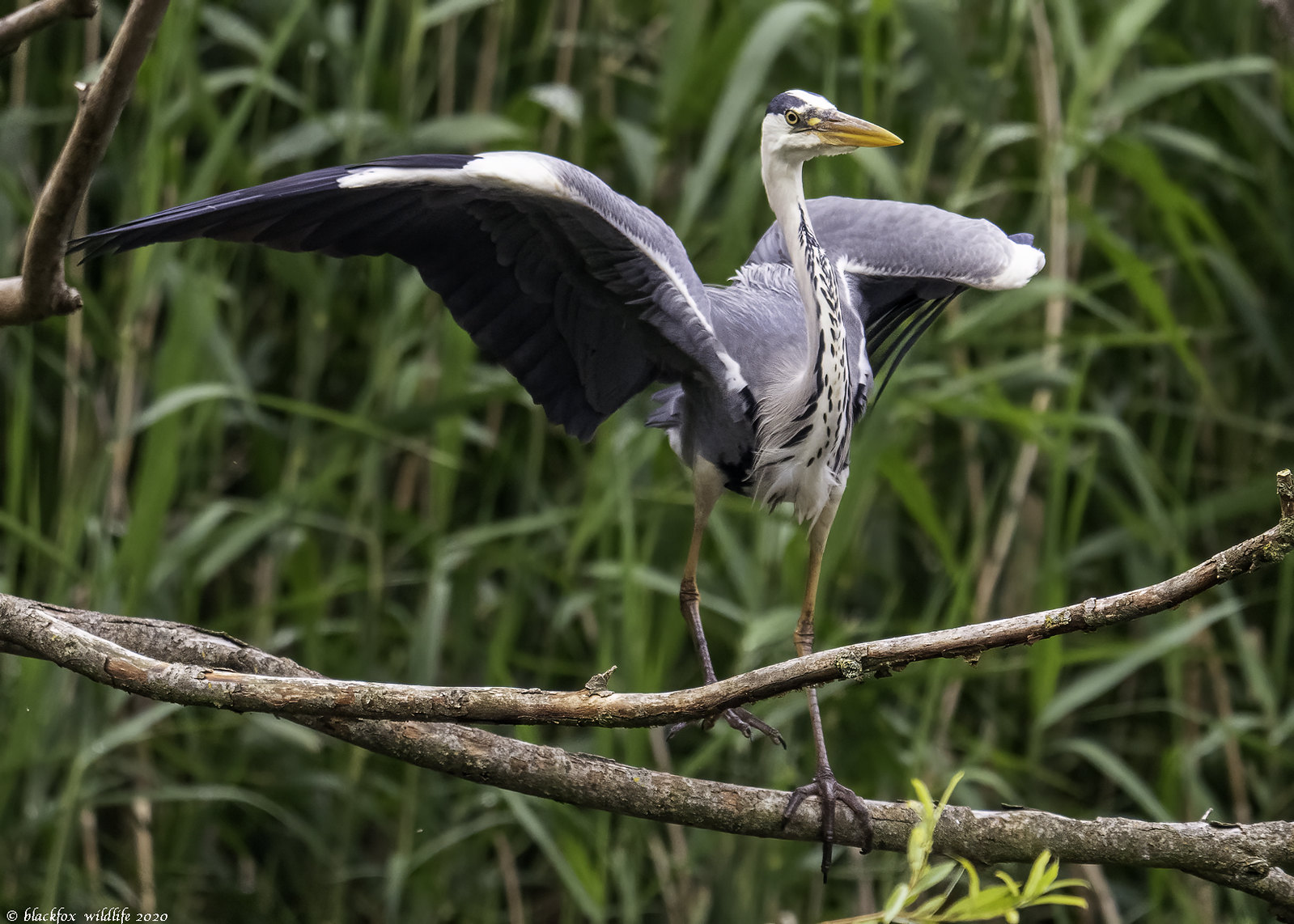 new arrival
new arrival daddy long legs
daddy long legs